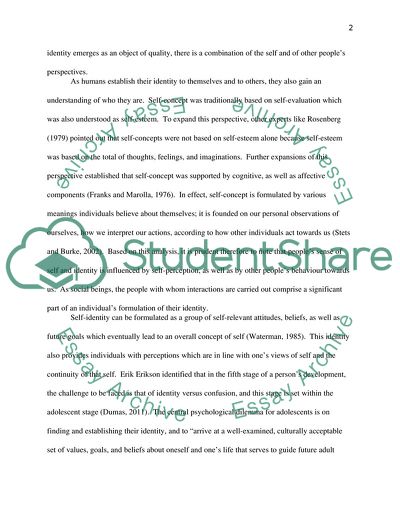Cite this document
(Critically evaluate the statement: Who we are is determined by the Essay, n.d.)
Critically evaluate the statement: Who we are is determined by the Essay. https://studentshare.org/psychology/1764662-critically-evaluate-the-statement-who-we-are-is-determined-by-the-groups-we-belong-to
Critically evaluate the statement: Who we are is determined by the Essay. https://studentshare.org/psychology/1764662-critically-evaluate-the-statement-who-we-are-is-determined-by-the-groups-we-belong-to
(Critically Evaluate the Statement: Who We Are Is Determined by the Essay)
Critically Evaluate the Statement: Who We Are Is Determined by the Essay. https://studentshare.org/psychology/1764662-critically-evaluate-the-statement-who-we-are-is-determined-by-the-groups-we-belong-to.
Critically Evaluate the Statement: Who We Are Is Determined by the Essay. https://studentshare.org/psychology/1764662-critically-evaluate-the-statement-who-we-are-is-determined-by-the-groups-we-belong-to.
“Critically Evaluate the Statement: Who We Are Is Determined by the Essay”. https://studentshare.org/psychology/1764662-critically-evaluate-the-statement-who-we-are-is-determined-by-the-groups-we-belong-to.


